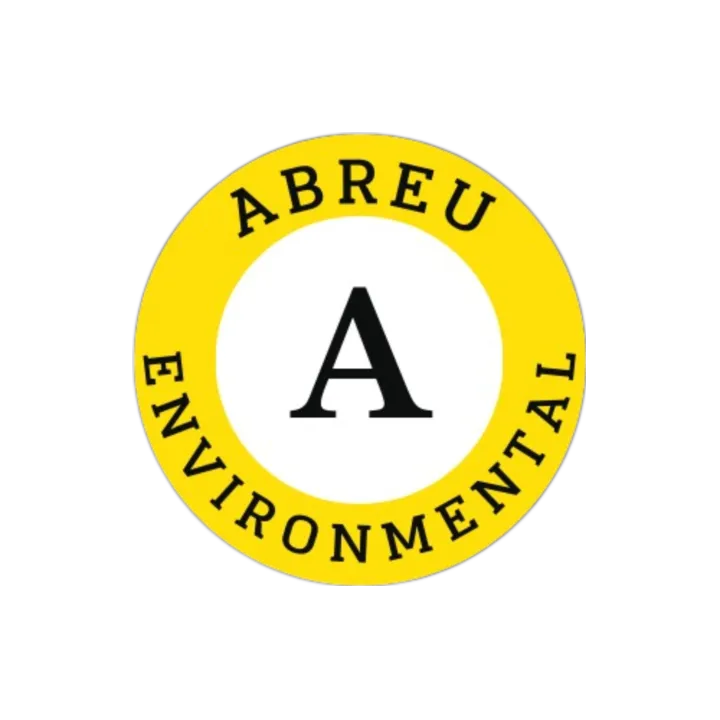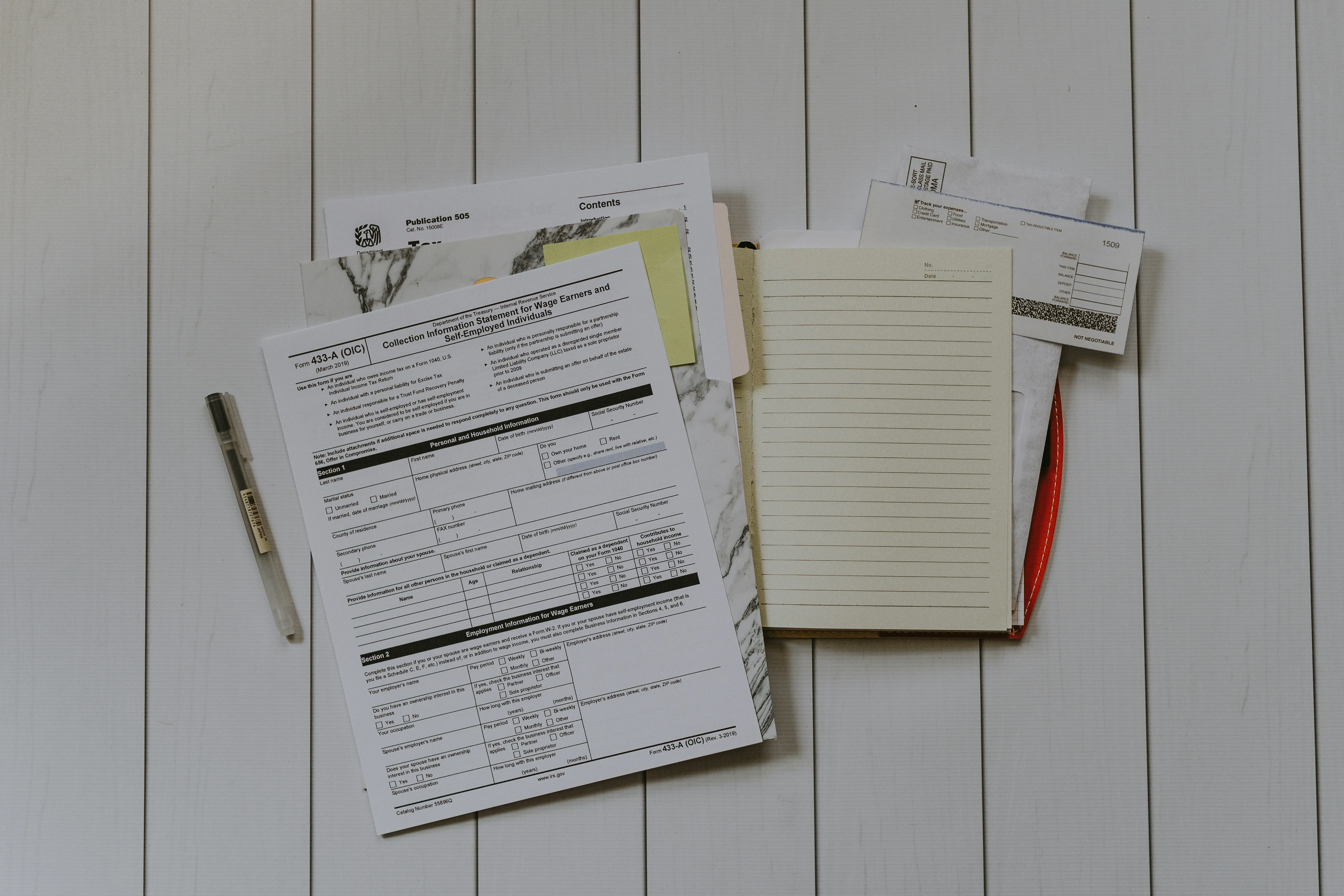Recognizing Struck By Hazards
One of the most common hazards in the workplace is struck by accidents. Struck by hazards can result in severe injuries, permanent disabilities, or even death. It's crucial to identify the hazards that pose a risk of struck by accidents and take the necessary measures to prevent them.
What Are Struck By Hazards?
Struck by hazards refer to accidents that happen when a worker is hit or struck by an object, equipment, or machinery. Examples of struck by hazards include being hit by a falling object, struck by equipment or machinery, or being hit by a vehicle or mobile equipment. Struck by hazards can occur in any workplace, but they are more prevalent in construction, manufacturing, and transportation industries.
How to Identify Struck By Hazards
It's essential to identify the potential struck by hazards in your workplace to prevent accidents. Some of the most common struck by hazards include:
- Falling objects: Unsecured tools, equipment, or materials can fall from height and hit a worker, causing severe injuries or death.
- Moving equipment or machinery: A worker can get struck by moving machinery, such as forklifts, cranes, or vehicles.
- Flying debris: High-pressure tools or equipment can generate flying debris that can hit a worker, causing eye or head injuries.
- Collapsing structures: Workers can get struck by collapsing walls, roofs, or other structures during demolition or construction.
Preventing Struck By Hazards
The Occupational Safety and Health Administration (OSHA) requires employers to take measures to prevent struck by accidents in the workplace. Here are some steps to prevent struck by hazards:
- Conduct a hazard assessment: Identify potential struck by hazards in your workplace and develop a plan to eliminate or control them.
- Implement engineering controls: Install barriers, screens, or guardrails to prevent workers from getting hit by moving equipment or machinery.
- Provide personal protective equipment (PPE): Provide workers with the appropriate PPE, such as hard hats, safety glasses, and steel-toed boots, to protect them from falling objects or flying debris.
- Train workers: Train workers on the hazards of their job, the proper use of equipment, and the importance of following safety procedures.
- Use warning signs and barricades: Use warning signs and barricades to alert workers of potential hazards and prevent them from entering unsafe areas.
Module Preview
Abreu Training offers an online 60-minute module. The module offers current OSHA and industry information to recognize struck-by hazards in construction worksites. Students will be able to recognize struck-by hazards in construction. Click here to learn more
Conclusion
Struck by hazards are common in the workplace, and they can result in severe injuries or even death. It's essential to identify the hazards in your workplace and take steps to prevent them. Employers and workers should work together to create a safe and healthy work environment. By following OSHA's guidelines and implementing safety measures, we can prevent struck by accidents and ensure that everyone goes home safely at the end of the day.



